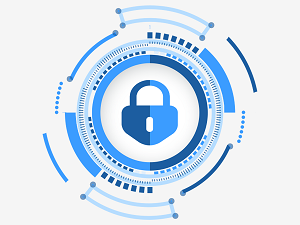A computer Trojan, often referred to as a Trojan horse or simply a Trojan, is a type of malware that disguises itself as legitimate software or files to deceive users and gain unauthorized access to their systems. Trojans are designed to perform malicious activities while appearing harmless or useful. They often serve as a backdoor for remote attackers, allowing them to control compromised systems, steal sensitive information, or carry out other nefarious actions. Here is a detailed explanation of computer Trojans, including attack indicators, patterns, and examples of famous Trojan attacks:
- Characteristics of Computer Trojans:
- Deception: Trojans are disguised as legitimate software, files, or documents to trick users into executing or opening them.
- Unauthorized Access: Once executed, Trojans provide unauthorized access to attackers, enabling them to control compromised systems remotely.
- Payload: Trojans can have various malicious payloads, including data theft, keylogging, ransomware, distributed denial-of-service (DDoS) attacks, or downloading and executing additional malware.
- Persistence: Trojans often install themselves on victim systems, ensuring they remain active and hidden even after system reboots.
- Concealment: Trojans attempt to avoid detection by disguising their presence, manipulating system files, or disabling security software.
- Attack Indicators of Computer Trojans:
- Unexpected System Behavior: Trojans can cause system slowdowns, crashes, or unusual error messages due to their resource consumption or interference with system processes.
- Unauthorized Network Connections: Monitoring network traffic for connections to suspicious or known malicious IP addresses or domains can indicate Trojan activity.
- Unusual Disk Activity: Trojans may write or modify files on disk, leading to unexpected disk usage or changes in file timestamps.
- Disabled Security Software: Trojans often attempt to disable antivirus or firewall protection to avoid detection and removal.
- Suspicious Processes: Trojans can create hidden or unauthorized processes in the task manager or use legitimate process names to disguise their activities.
- Famous Trojan Attacks:
- Zeus (Zbot): Zeus is one of the most notorious banking Trojans. It primarily targets financial institutions, stealing online banking credentials and facilitating financial fraud.
- Back Orifice: Back Orifice was a remote administration Trojan created to provide unauthorized access to Windows systems. It allowed attackers to control compromised machines remotely.
- SpyEye: SpyEye was a sophisticated banking Trojan that aimed to steal financial information, including login credentials and credit card details. It targeted online banking systems and payment gateways.
- Emotet: Emotet was a modular Trojan that primarily spread through malicious email attachments. It was known for its ability to download and install additional malware on compromised systems, creating botnets for various criminal activities.
- DarkComet: DarkComet was a remote administration Trojan that allowed attackers to control compromised systems remotely. It provided features like keylogging, screen capture, and webcam surveillance.
These examples demonstrate the significant impact of Trojans on computer systems and the potential for financial loss, data breaches, or unauthorized access. Protecting against Trojan attacks requires implementing multiple layers of defense, including using reputable antivirus software, keeping operating systems and applications up to date, being cautious when downloading files or clicking on links, and regularly educating users about safe computing practices. Additionally, network monitoring, intrusion detection systems, and regular security audits can help detect and mitigate Trojan infections.
